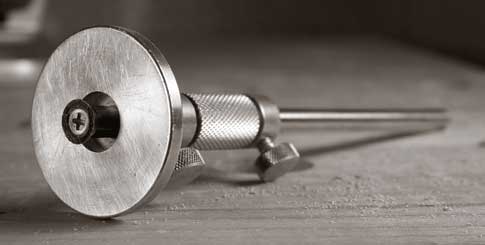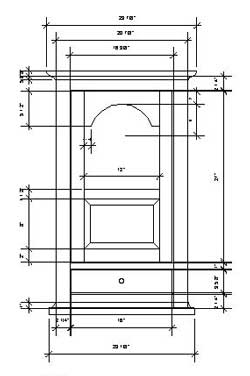
This morning I processed the stock for 18 more sawbenches that we’ll build during the “All About Hand Tools” class I’m teaching this coming week at the Marc Adams School of Woodworking.
I feel a bit like a midwife on these days. I’ve helped build about 60 of these benches during the last few years, but I rarely get to see my babies after they leave the class.
But helping people cut more than 240 angled birdsmouth joints on the legs and 480 half-lap joints always inspires me to find ways to make this design more material-efficient, lightweight and strong.
The first version of this sawbench used twice as much material and took twice as long to construct. The lessons buried in that design (drawboring and wedging tenons) were the driving factors in its beefy-osity. Today I’ve got this design pared down to where I can build a sawbench in about three hours using hand joinery alone.
In addition to making these quick to build, I’ve also put the suckers on a diet. To build 20 sawbenches, I need only seven 2 x 12 x 10’s and five 2 x 8 x 12’s. And the leftover waste from ripping and crosscutting all that stock won’t fill an office wastebasket.
But I’m still not satisfied.
I hate the screws we use to join the legs and stretchers. So today I started planning out Sawbench 4.0 as I ripped the 80 legs. My new sawbench design will use a half-lapped dovetail to join the legs, top and stretchers.
Sure, it sounds intimidating, but once you learn to saw to a line, it doesn’t matter what angle that line is. All angles are the same to a handsaw.
So now I’ve got my Honda piled up with Southern yellow pine (Kentucky’s tropical softwood), and I can turn my attention to other things – like worrying that the next Frank Klausz is registered for this class that starts Monday, and I’m going to look like an idiot.
This, of course, is still better than my dreams of showing up naked to high school French class.
— Christopher Schwarz





